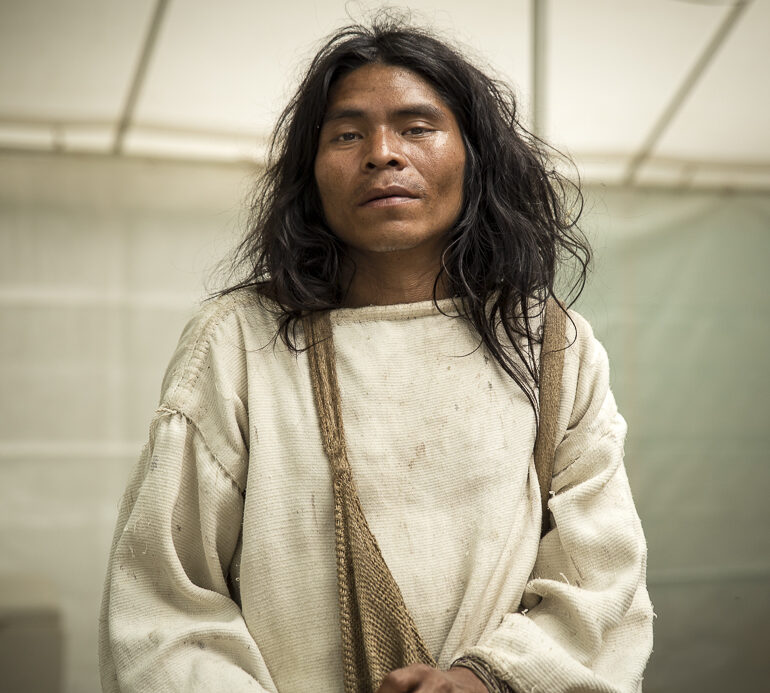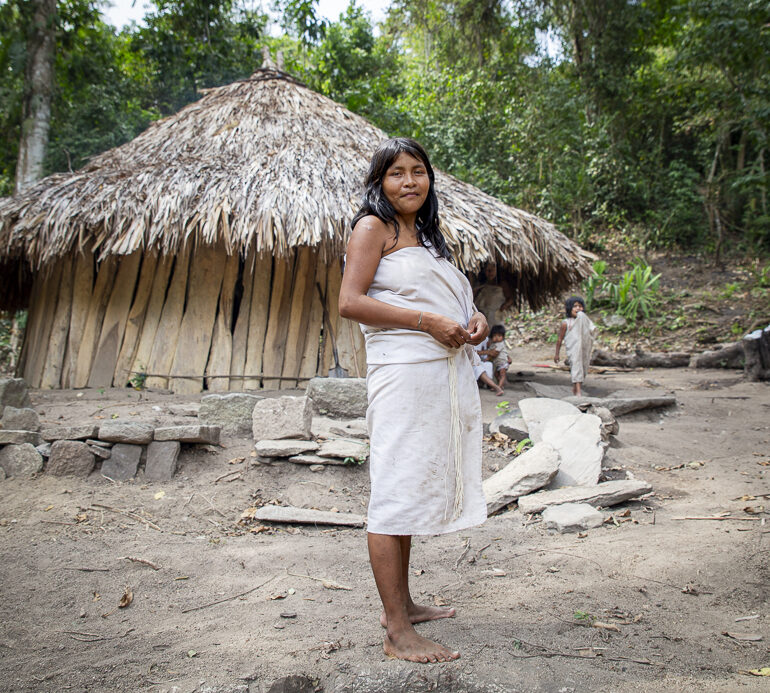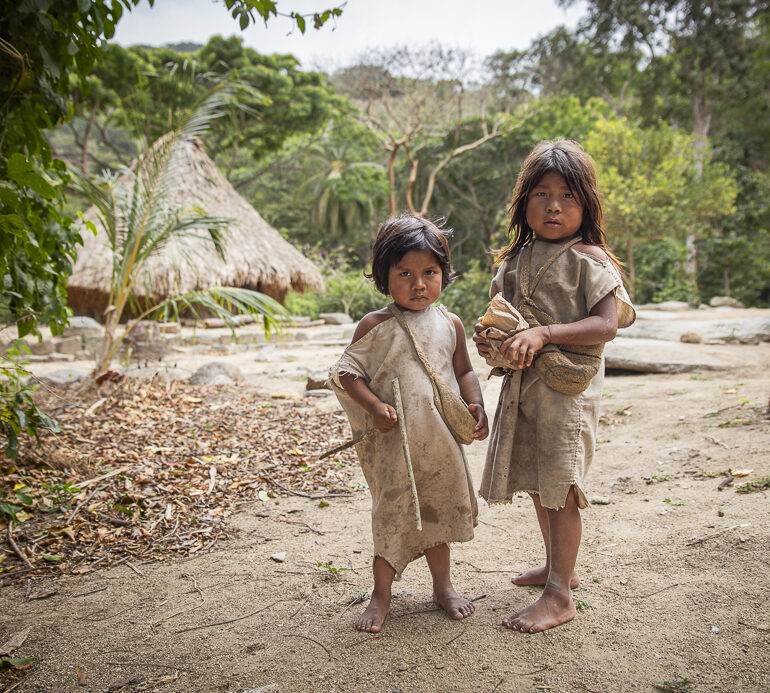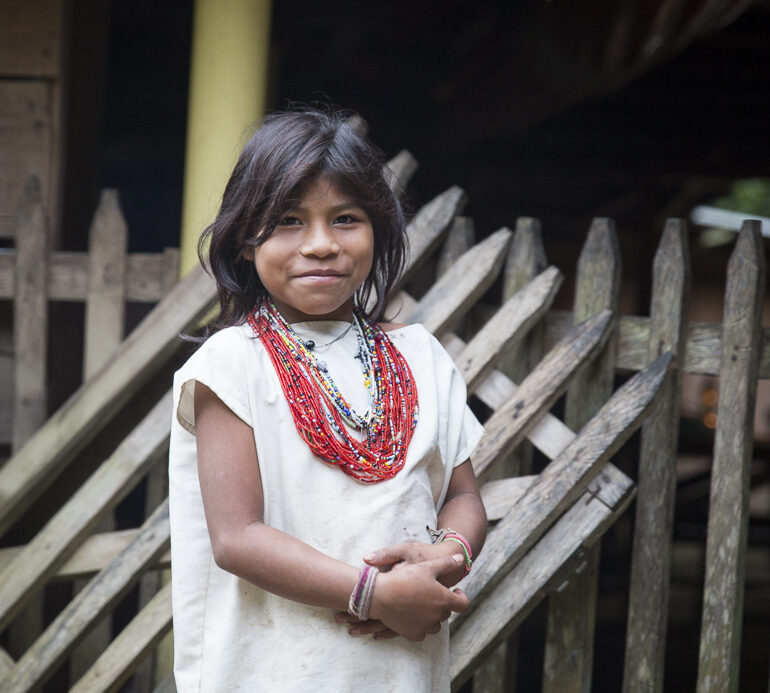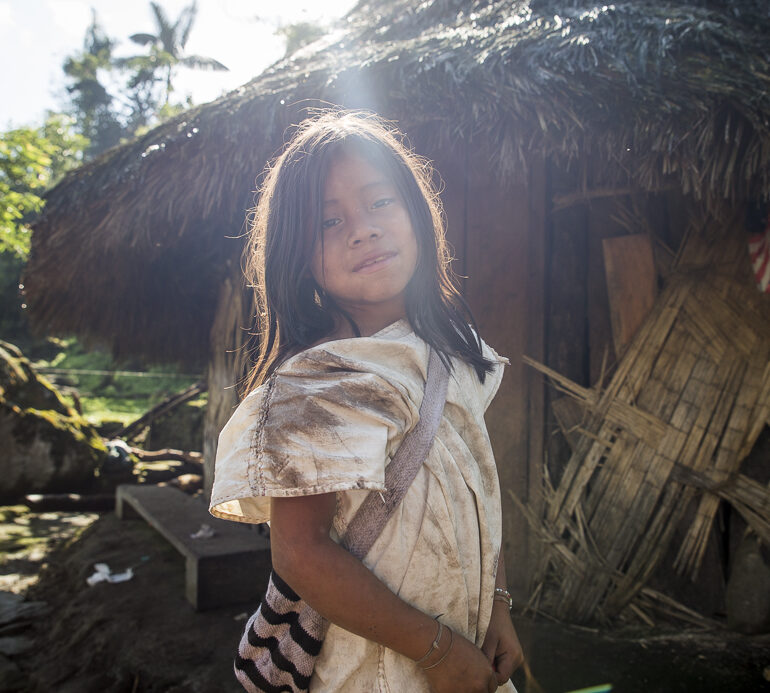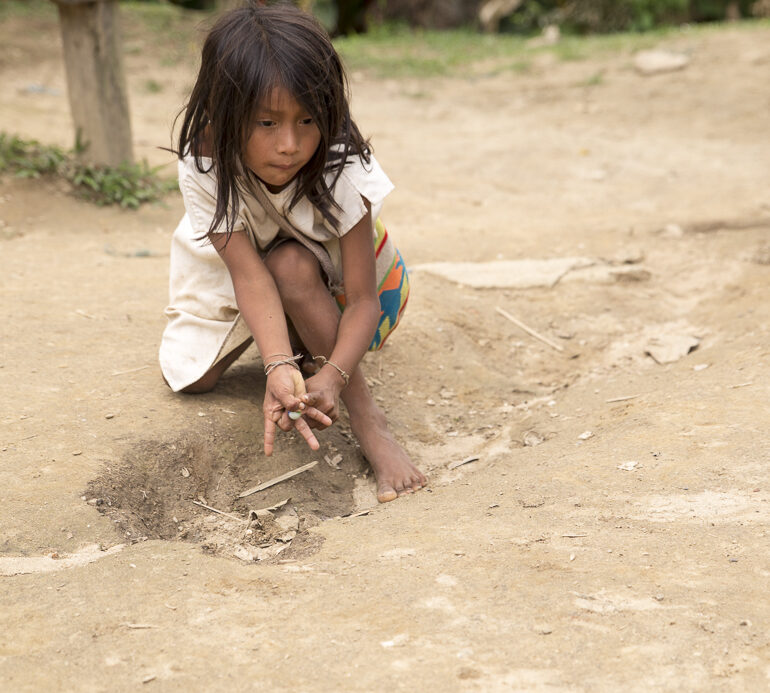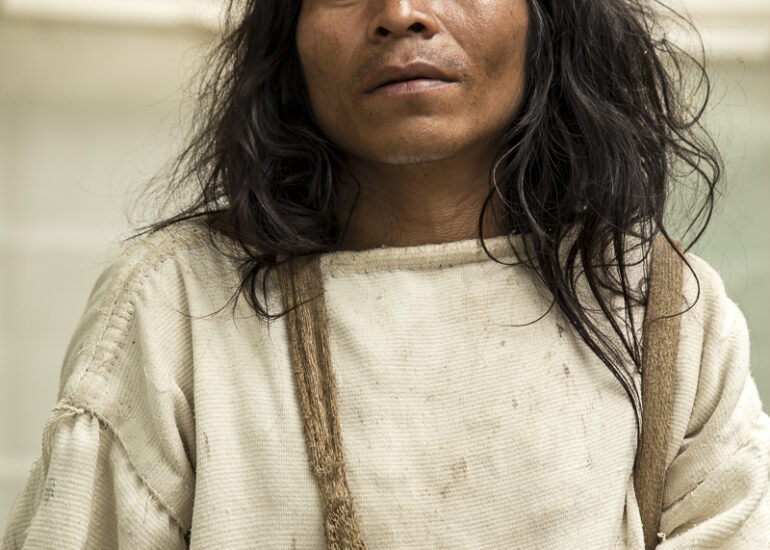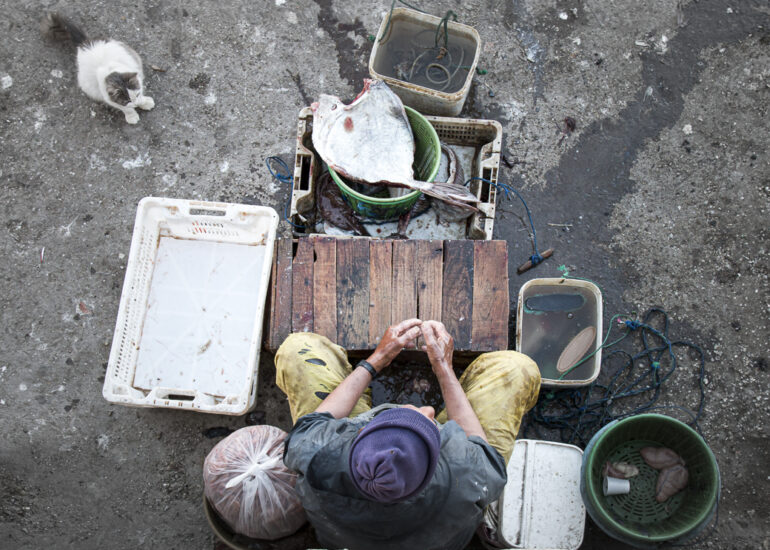About this essay
My encounter with the Kogis was a matter of chance.
One of those beautiful chances that arise when you choose to travel with a free mind and an open heart.
Before visiting a country, I make a point of learning as little as possible about it. Just enough to know where to place my first step, to sketch out a vague direction. The rest, I leave to the pull of the moment — to instinct, to chance meetings. They are often the ones that truly reveal a place.
The internet overflows with polished images — perfect snapshots of iconic spots, idyllic beaches, sweeping landscapes. Some photos capture the spirit of a place with rare talent; others are nothing more than digital mirages. And all of them quietly feed expectations that reality can struggle to fulfill. When the sky isn’t in the mood, when a sea once imagined calm stirs under the touch of the wind, when places said to be deserted echo with crowds.
So Colombia, before I set foot there, was a patchwork of clichés, fears, and fantasy: a dangerous land where tourists are kidnapped by the FARC, a country scarred by drug cartels and the long shadow of cocaine. I set out to challenge these preconceptions — to shape for myself a truer, more intimate image of this land. One that would be my own.
It was, in fact, a series of photographs of the Tayrona people, seen in Bogotá’s Gold Museum, that first sparked in me the urge to seek out the Indigenous communities of the north. And to capture, through my lens, those faces etched with an ancient wisdom. Faces where every wrinkle seems carved by years spent watching the path of an unforgiving sun. Faces where every scar tells of a day in the forest, listening to the plants and learning their secret powers.
A few weeks later, almost without meaning to, I found myself deep in the Sierra Nevada de Santa Marta — a mountain range whose highest peaks rise above 5,000 meters and keep watch over the Caribbean Sea. It was there, in the heart of those sacred mountains, that I had my first true encounter with the Kogis — one of the last living tribes descended from the Tayronas.
First at Pueblito. I expected nothing more than a scattering of ruins, silent traces of a vanished civilization. A miniature Lost City, so to speak. But after a long and solitary climb along a rugged path, the place took on a whole new meaning.
Because the village is alive. Still inhabited. Out of a handful of stone and thatch huts, children emerge — dark-eyed, their long black hair drifting in the wind. White clothes dry in the sun. And all around, a silence so dense it feels inhabited. Here, time seems to have stopped centuries ago.
Then came the trails that lead to the true Lost City. The famous one. Some say it was forgotten. I’m more inclined to believe it was returned. Returned to the forest, and to the spirit the Tayronas held so dear.
In a breathtaking landscape lit by fireflies, along the Rio Buritaca that swells beyond its banks when heavy rain pounds the Sierra Nevada like iron hammers, several Kogi villages mark the way up. More exposed, these communities are also less secluded. With a greater familiarity with Spanish, conversation flows more easily. But still, it remains fleeting — as if each exchange were just a passing glimpse into a world one can never fully enter.
